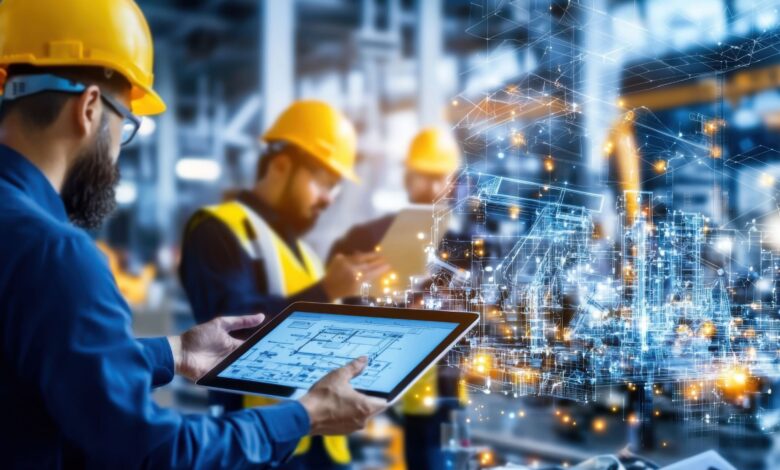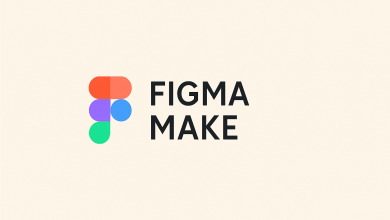
For decades, the U.S. construction industry has faced a growing productivity problem that is getting harder to ignore. A recent paper from the National Bureau of Economic Research, “The Strange and Awful Path of Productivity in the U.S. Construction Sector,” reveals that construction productivity has declined by an average of 1% per year since 1970.
While industries like manufacturing and agriculture have made major efficiency gains, construction has moved in the opposite direction, leading to longer project timelines, rising costs, and growing frustration across the sector.
And it’s likely to get worse. Three converging risk factors are at play and are accelerating the pressure:
- Supply Chain Instability: Ongoing disruptions in material availability continue to increase project delays and drive up costs. In 2025, the U.S. construction industry is facing heightened challenges due to new tariffs and global trade tensions. The complex tariff landscape contributes to unpredictable lead times, price volatility, and sourcing challenges.
- Persistent Labor Shortages: Construction wages continue to lag behind comparable industries like manufacturing, limiting the sector’s ability to attract new talent. According to MSI’s Construction Economy Report, wage growth slowed to 2.49% year-over-year in Q4 2024, and retirements are outpacing new workforce entries. This growing disparity between job openings and available skilled labor is reducing production capacity and straining project timelines.
- Generational Knowledge Attrition: An aging workforce presents a significant long-term risk. With approximately 41% of today’s construction workforce expected to retire by 2031 as noted in a McKinsey report, the industry faces a major loss of institutional knowledge. This challenge is compounded by a difficulty in attracting younger workers and a widespread lack of effective knowledge transfer across teams.
With challenges comes opportunity. To address these mounting challenges, the construction industry must adopt new technologies that can improve operational efficiency and strengthen project delivery. Artificial intelligence (AI) offers a powerful set of solutions to confront these challenges head on, providing new ways to forecast risks, optimize workflows, and capture critical knowledge before it’s lost.
AI in its three established forms – machine learning, deep learning, and generative AI with large language models (LLMs) – holds significant promise for addressing these risks and reversing the long-time decline in construction productivity. Let’s take a closer look at each of these technologies and how they can reverse the industry’s declining productivity trend.
Machine Learning
Machine learning enables construction teams to analyze past project data to predict future performance. This leads to improved decision-making across essential functions such as procurement, labor planning, and scheduling.
By analyzing historical project data and identifying hidden patterns, machine learning models can forecast material and workforce needs, predict scheduling bottlenecks, and recommend resource allocation strategies.
Forward-thinking contractors are incorporating predictive analytics into their workflows to improve project outcomes and reduce risk. One such leader is Turner Construction, the largest construction services company in the US. At Turner, machine learning is being used to analyze vast datasets, forecast potential risks, and enhance project efficiency. The company’s Engineering Group leverages AI to accelerate early-stage design by rapidly generating and evaluating layout options based on site conditions, cost parameters, and performance goals. These machine learning models help identify constructability risks, optimize material selections, and simulate various design scenarios, supporting more informed and timely decision-making.
Deep Learning
Deep learning is a subset of machine learning that uses artificial neural networks to continuously analyze data, learn patterns, and make predictions or decisions without human intervention. By processing large volumes of information over time, deep learning models build knowledge autonomously and improve their accuracy by referencing past data to generate informed outcomes.
An example of deep learning in construction is Doxel, an AI-powered progress tracking and analytics platform that leverages autonomous robots and drones equipped with light detecting and ranging (LIDAR) and 360-degree cameras to capture daily visual data from jobsites. Doxel’s proprietary deep learning algorithms analyze this data by comparing actual site conditions against the project’s BIM model and schedule. The platform offers objective, real-time visibility into project progress to help teams to catch errors early, reduce rework, and make informed decisions that improve schedule reliability and cost efficiency.
Another example is Newmetrix, acquired by Oracle to integrate deep learning into its Construction Intelligence Cloud. Its AI engine, “Vinnie”, applies computer vision to analyze photos, videos, and other project data, identifying safety hazards and delivering predictive insights to help prevent jobsite incidents.
Generative AI
Generative AI enables expert knowledge capture and transfer through chatbots and interactive applications designed for worker training and management decision guidance. In construction, major firms are beginning to integrate these technologies to improve access to project information and expertise.
Balfour Beatty, an international infrastructure group headquartered in London and one of the largest contractors in the United Kingdom and the United States, is developing StoaOne, a large language model (LLM) generative AI assistant. StoaOne is intended to help employees access billions of internal data points, providing immediate project insights and information to support procurement, planning, and project delivery. By making internal expertise more accessible, Balfour Beatty is aiming to support more informed decision-making across its projects.
Similarly, Gilbane Building Company,, a major U.S.-based construction and real estate development firm, piloted the use of Trunk Tools, a generative AI solution, during the $456 million renovation of the Baird Center in Milwaukee. Following its success, Gilbane expanded the use of Trunk Tools across healthcare, commercial, sports and entertainment, and institutional projects.
Trunk Tools uses generative AI and natural language processing to act as a chat-based assistant. Field teams simply ask questions in plain language, and the tool searches across thousands of project files to deliver accurate, instant answers.
As a leading provider of services, software, and economic research for the construction industry, MOCA Systems, Inc. (MSI) recognizes that the key to improving construction productivity through applied artificial intelligence lies in addressing three critical imperatives.
First, AI initiatives must focus on solving significant but narrowly defined value-creation problems, such as identifying probable schedule delays and offering targeted prevention guidance. Second, AI should be leveraged to automate or accelerate repetitive, labor-intensive tasks involved in planning, scheduling, work sequencing, and execution, freeing up human resources for higher-value activities. Finally, AI must enable assisted performance of tasks that are difficult or impossible for humans to carry out reliably, such as using intelligent drones for completed work inspections and structural fault identification.
AI provides a promising path forward for the construction industry. By applying machine learning, deep learning, and generative AI thoughtfully and strategically, construction firms can overcome long-standing productivity challenges, address critical risks such as labor shortages and knowledge loss, and create more resilient, efficient project delivery systems. Organizations that embrace these tools today will be best positioned to lead the next era of construction innovation.





